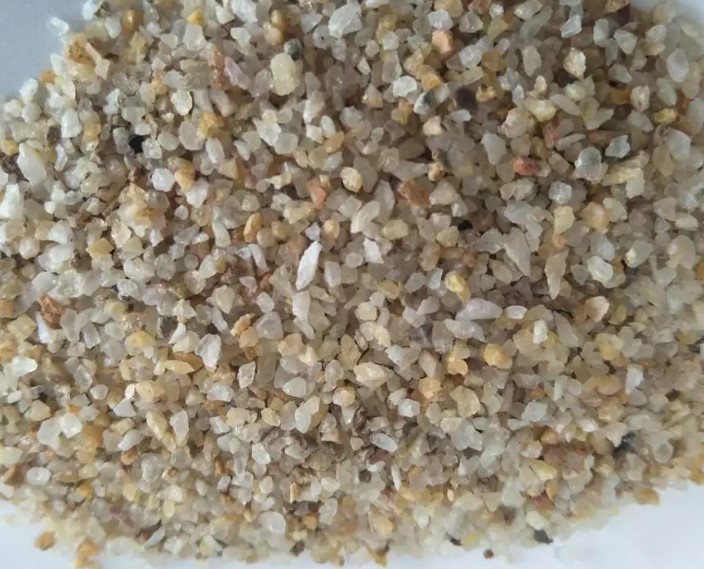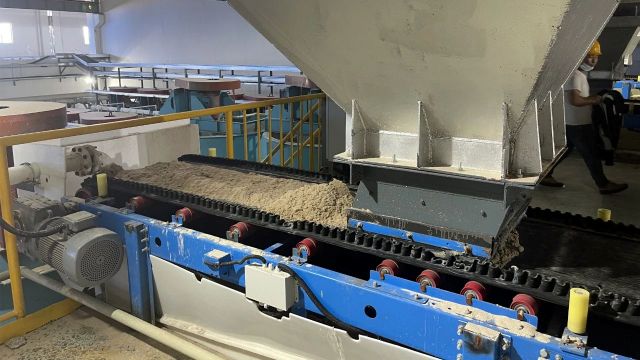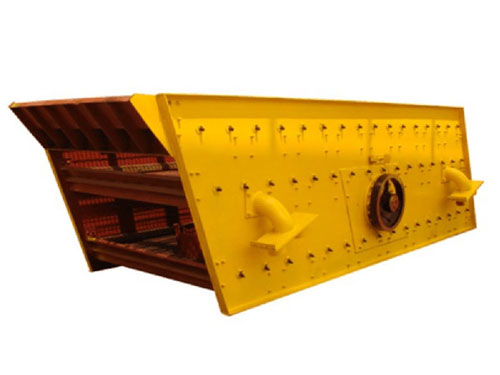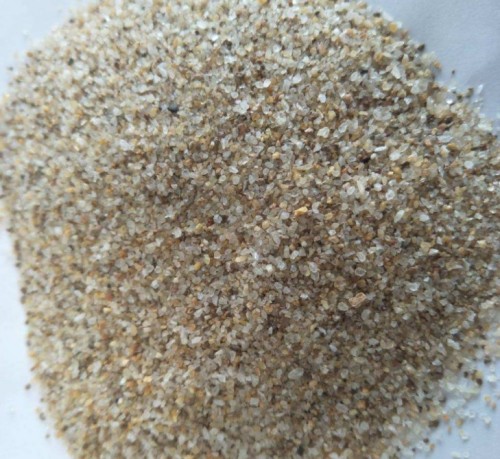Purity requirements standards for quartz sand for different uses
 January.16,2024
January.16,2024
Quartz materials are widely used in many fields of the national economy, whether in construction, glass, ceramics, or in semiconductors, electronic communications, etc. They have irreplaceable uses.
However, the requirements for quartz materials in different application fields are very different. Purity, particle size, particle shape, surface activity and other properties have a greater impact on the application of quartz. Purity is the initial classification standard for the entire quartz material application.
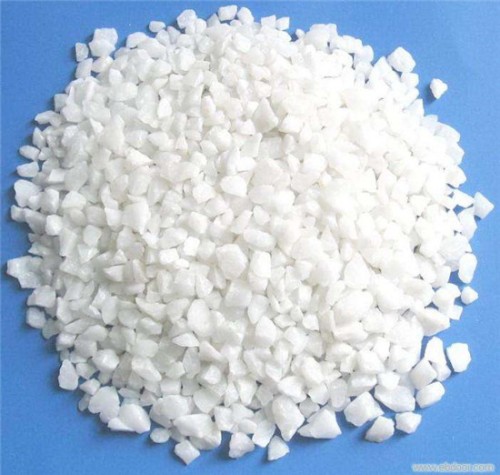
Ordinary silicate glass: SiO₂ is generally required to account for about 65% to 75%. Float glass generally requires that the SiO₂ content in the quartz raw material is above 96%, the Al2O3 content is below 2%, and Fe2O3 is between 0.01% and 0.1%.
Special glass, ultra-white glass, precision optical glass: the SiO₂ content is required to be above 99%, the Fe2O3 content is below 0.05% to 0.1%, the Al2O3 and TiO₂ contents are required to be below 0.5 to 2.0% and 0.05% respectively. .
Mechanical casting: The SiO₂ content in quartz sand required by advanced casting technology should be higher than 97%, and the particle size should be between 40 and 320 mesh.
Ceramic industry: Construction and sanitary ceramics require SiO₂ content above 98.5%, Fe2 O3 below 0.02%, and Al2O3 below 0.5%; radio ceramics require SiO₂ content above 98.5%, Fe2 O3 below 0.05%, and Al2O3 below 2.0% .
Semiconductors: The SiO₂ content is required to be above 99.9%, the Fe content should be below 5ppm, and the total impurity content should not exceed 300ppm.
Solid caustic soda: The SiO₂ content is required to be higher than 99%, and the Fe2 O3 content is lower than 0.03%.
Industrial filler: The content of SiO₂ is required to be above 99%, and the content of Fe2O3 must be below 0.05%. According to the actual situation, the quality requirements of quartz sand can reach the level of high-purity quartz.


